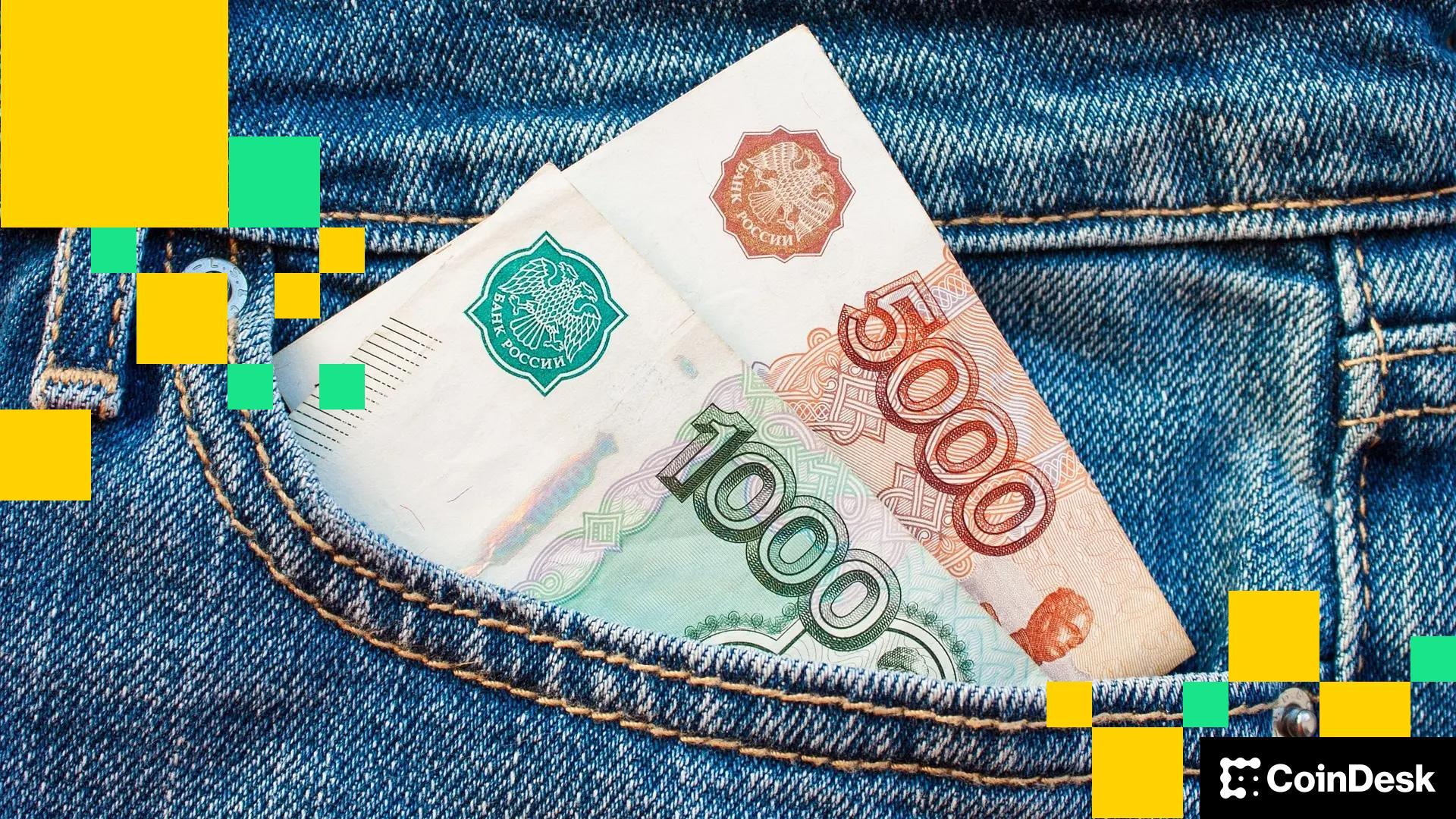Russia is moving closer to formally integrating crypto into its financial system, as officials acknowledge its widespread adoption and the central bank prepares to let banks manage digital assets under strict controls.
According to a TASS report, Deputy Finance Minister Ivan Chebeskov said that around 20 million Russians now use cryptocurrencies “for various purposes”, describing them as a reality that the government must tackle rather than resist.
TASS reported that Chebeskov argued that the state needed to develop national infrastructure both to protect users and to ensure “economic and technological benefits” for the country.
The scale of this adoption was highlighted by new figures cited by TASS and from the Bank of Russia.
According to the news agency, the combined balances of Russian citizens on cryptocurrency exchange wallets amounted to 827 billion rubles (about $10.15 billion) at the end of March 2025, an increase of 27% compared to the same period a year earlier.
TASS said most of these funds were held in bitcoin (62.1%), followed by ether (22%) and stablecoins USDT and USDC (15.9%). The central bank, according to TASS, also plans to investigate investments and lending activities in cryptocurrencies between January and February 2026.
Central bank prepares strict rules for banks entering crypto
In another development, Interfax reported that First Deputy Governor Vladimir Chistyukhin said that the Bank of Russia has decided to allow banks to operate in the crypto sector for the first time.
Speaking at the Finopolis conference, Chistyukhin said the regulator made the decision after consulting with the banking sector, but intended to impose strict capital limits and reserve requirements to ensure crypto activity does not become a “dominant” business sector.
Interfax also reported that the central bank proposed in March to allow cryptocurrency transactions only for “highly qualified investors,” with draft criteria still under discussion.
These include investment portfolios with a value of at least 100 million rubles or an annual income of more than 50 million rubles. In May, the regulator issued a letter recommending lenders cap their exposure to cryptocurrencies at around 1% of capital while it develops new rules to measure cryptocurrency risks.
Together, the reports suggest a policy shift: Russian officials now publicly acknowledge crypto’s well-established role in the economy while also preparing a tightly regulated path for bank participation in the market.




